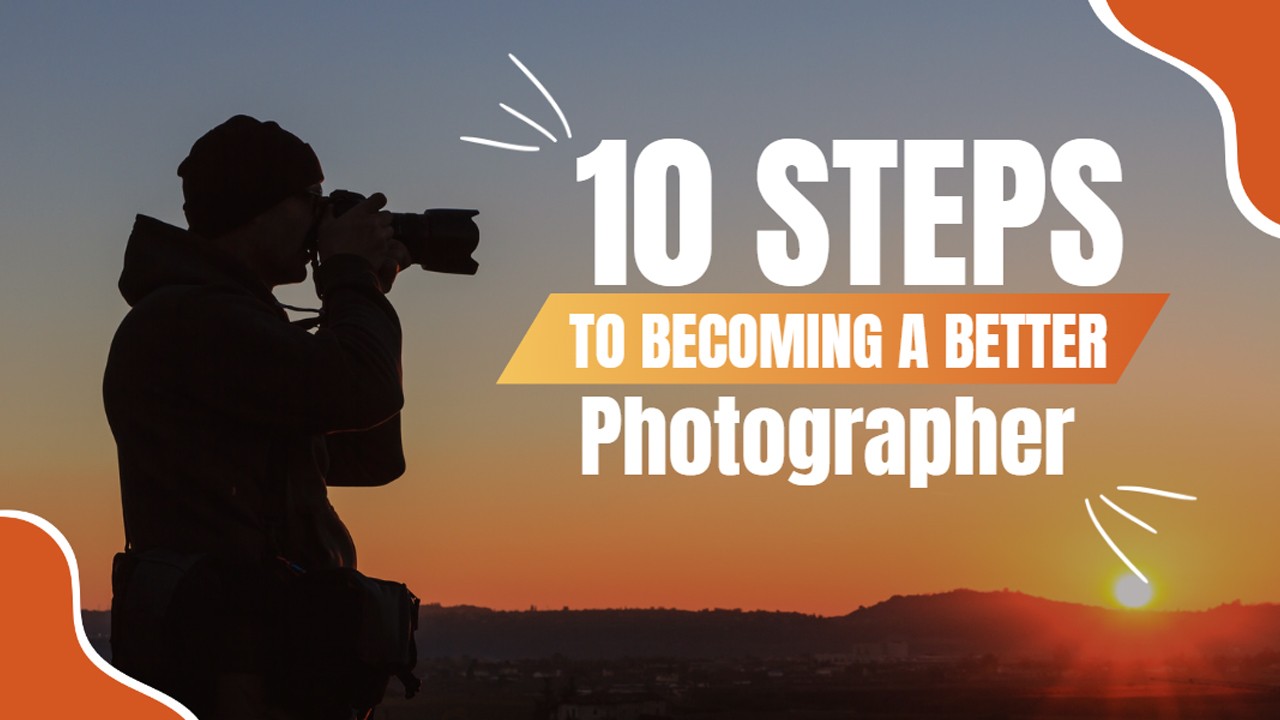Composition is the very essence of photography. It’s what transforms a simple image into a captivating work of art. Whether you’re a beginner looking to improve your skills or an experienced photographer wanting to perfect your craft, mastering composition techniques is essential. In this article, we’ll explore ten key techniques to help you compose more powerful and aesthetically pleasing images.
The Rule of Thirds: The rule of thirds is one of the most fundamental rules of composition. Mentally divide your image into nine equal sections using two horizontal and two vertical lines. Place the key elements of your subject along these lines or at their intersections to create visual balance and dynamic interest.
Directing Lines: Use natural or artificial lines in your scene to guide the viewer’s gaze through the image. From winding roads to fences, rivers and buildings, guiding lines add depth and dynamics to your photos.
Natural frames: Frame your subject with natural elements such as trees, arches or windows to create an effect of depth and intimacy. Natural frames direct attention to the main subject and add an extra dimension to your composition.
Symmetry and Repetition: Look for repeating patterns or symmetrical elements in your surroundings to create balanced, harmonious images. From aligned rows of trees to reflections in the water, symmetry and repetition add a sense of structure and coherence to your photos.
Point of View: Experiment with different angles and perspectives to find the most interesting point of view. Whether diving, low-angle or bird’s-eye view, changing your point of view can completely transform the story your image tells.
Negative space: Don’t underestimate the power of empty space in your composition. Leave negative space around your subject to create visual breathing space and highlight your main subject.
Color Balance: Think about color harmony when composing your image. Use color theory to create harmonious combinations or striking contrasts that catch the eye and reinforce the story of your photo.
Scale and Perspective: Play with scale and perspective to add dimension and interest to your photos. Integrate elements of different sizes to create a sense of depth and proportion in your composition.
Focal Point: Identify a clear focal point in your image to guide the viewer’s attention. Whether it’s a sharp main subject in the foreground or an interesting element in the background, a strong focal point gives strength and clarity to your composition.
Simplification: Less is often more in photography. Eliminate distractions from your frame and focus on the essential elements to create powerful, evocative images. Simplifying your composition allows your subject to shine and effectively communicates your visual message.
By integrating these ten compositional techniques into your photographic practice, you’ll be able to create images that captivate, inspire and move your audience. Don’t be afraid to experiment and push the boundaries of your creativity. Composition is a constantly evolving art, so keep exploring, learning, and growing as a photographer.










